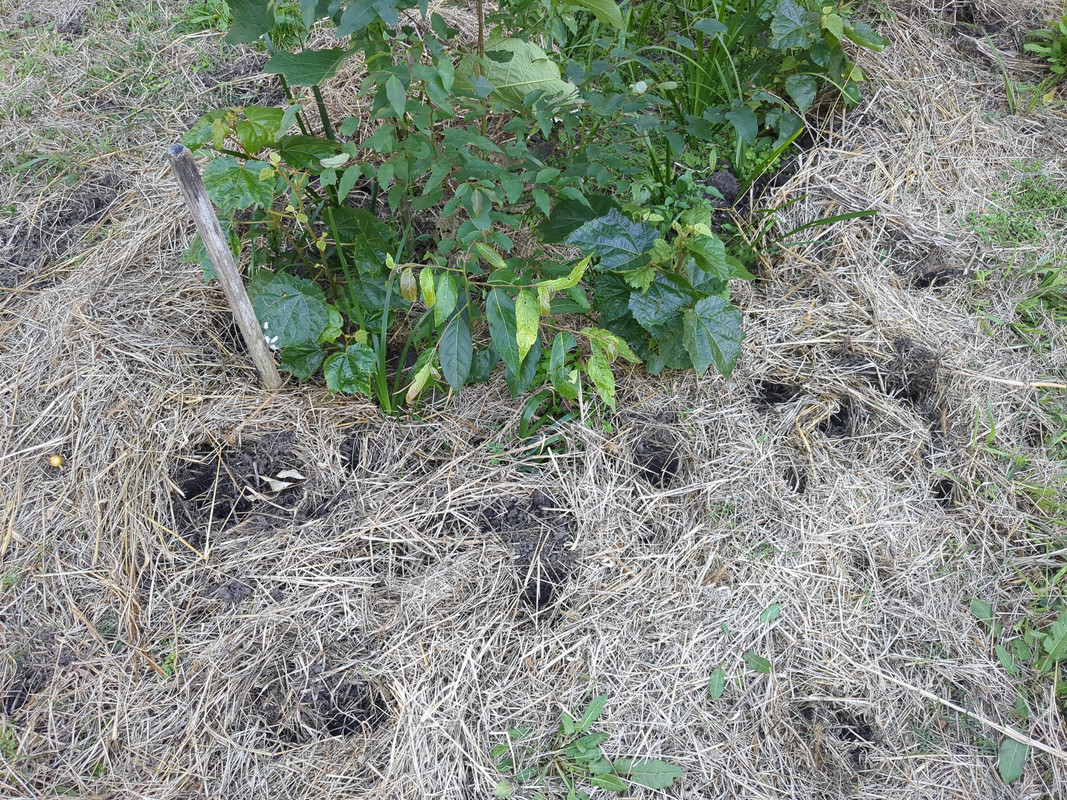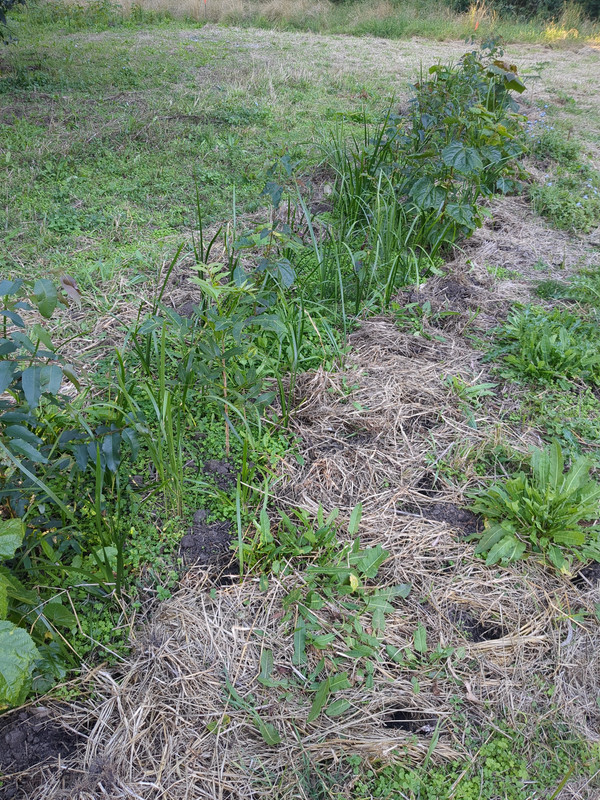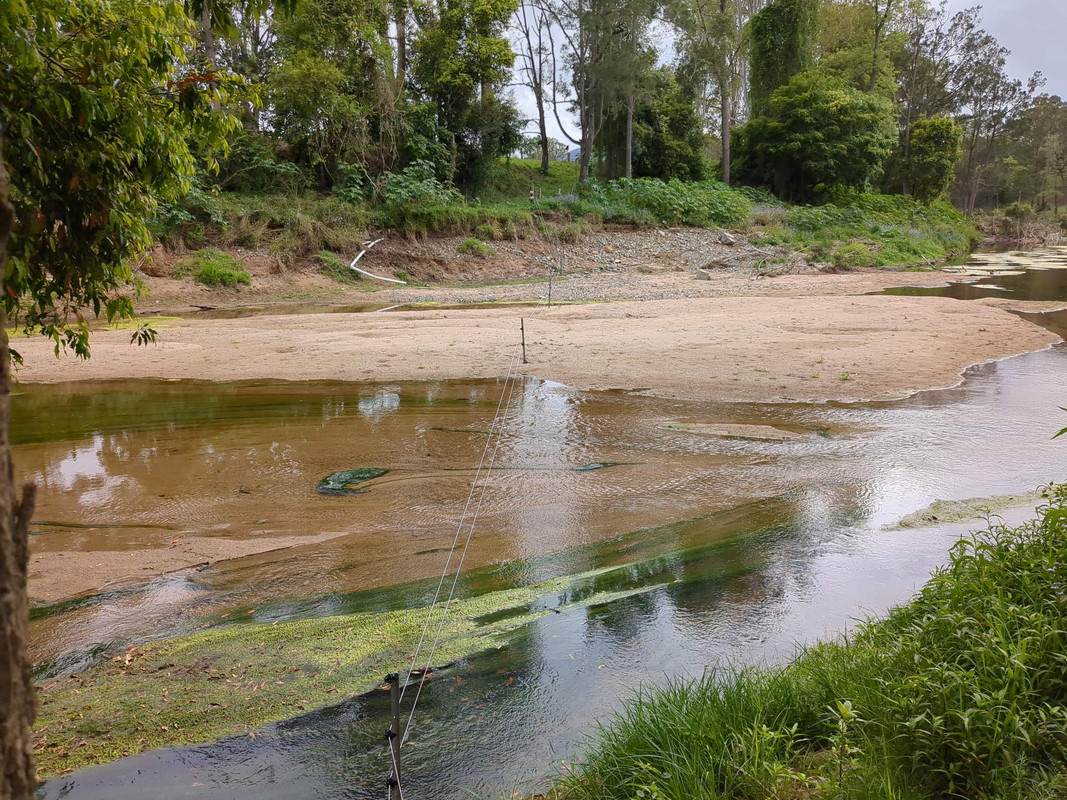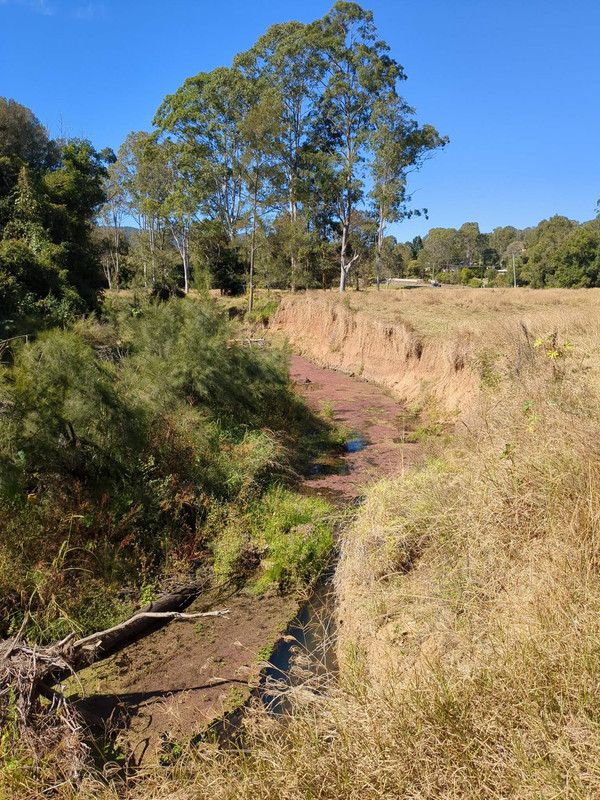Reclamation - restoring disturbed lands
587 readers
1 users here now
A place to discuss and learn about the restoration of disturbed lands to desirable end land uses
founded 2 years ago
MODERATORS
76
77
78
2
[Case Study] - Closure of an abandoned mine - Two Mile Creek, British Columbia
(open.library.ubc.ca)
79
2
Understanding how groundwater dynamics impacts droughts and heatwaves using a land surface model
(climateextremes.org.au)
80
81
82
83
84
85
86
87
88
2
Soil microbes help plants cope with drought, but not how scientists thought
(www.sciencedaily.com)
89
90
91
1
Assessment of soil capping for phosphogypsum stack reclamation at Fort Saskatchewan, Alberta
(era.library.ualberta.ca)
92
93
94
95
96
97
1
Amendments and substrates to develop anthroposols for northern mine reclamation
(acrobat.adobe.com)
98
99
100



